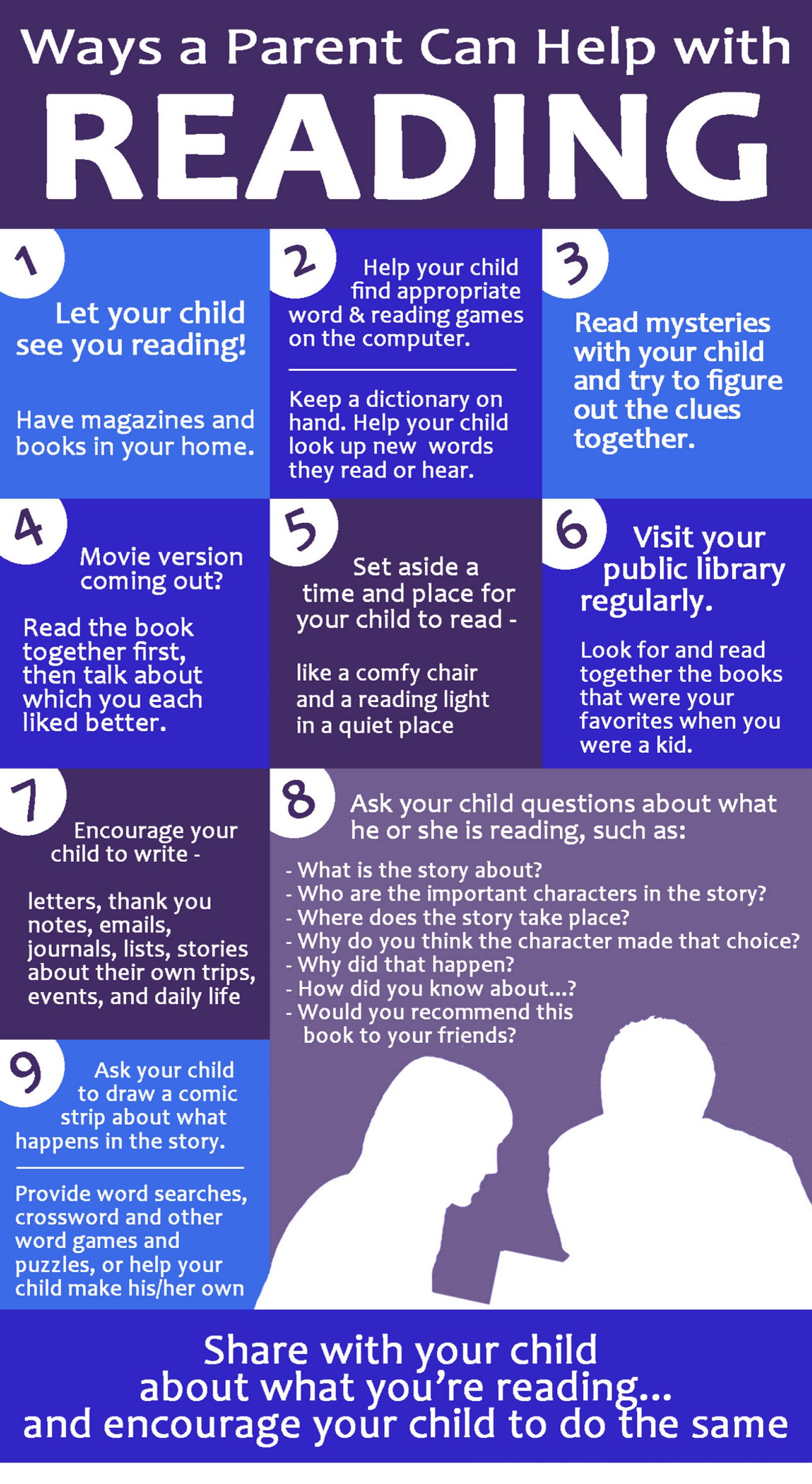

The cookie is set by the GDPR Cookie Consent plugin and is used to store whether or not user has consented to the use of cookies. The cookie is used to store the user consent for the cookies in the category "Performance". This cookie is set by GDPR Cookie Consent plugin. The cookie is used to store the user consent for the cookies in the category "Other.

The cookies is used to store the user consent for the cookies in the category "Necessary". The cookie is set by GDPR cookie consent to record the user consent for the cookies in the category "Functional".

The cookie is used to store the user consent for the cookies in the category "Analytics". These cookies ensure basic functionalities and security features of the website, anonymously. Necessary cookies are absolutely essential for the website to function properly. Conclusion: Make an overall point so that the reader feels they’ve learned something from or been entertained by reading the article. Main body: State your points in one or two paragraphs, making sure to include as much information from your notes (including some kind of diagram or table) as possible.ĥ. Then carry on introducing the subject matter.ģ. Have you ever considered …? / Have you ever thought about…? / How would you feel if …? / What would you do if …? / Are you one of those people who …? / What would life be like if… / Just imagine… / Remember the good old days? Introduction: Opening with a question helps engage the reader and make them want to read more. So let’s recap on all that, with a few examples as well.Ģ. The conclusion should sum up the main point of view that the writer wants to express, and referring back to your opening question in some manner can be an effective way to round things off. In all exams you must ensure you follow all of the instructions, as task fulfilment is one of the marking criteria. In the case of Aptis Advanced, you must include some (or all) of the notes they provide you with. main body (usually two or three short paragraphs).In Aptis Advanced you’re writing an article for online publication on a website, so the most appropriate register would be semi-formal or informal.Īrticles should be clearly organised into paragraphs: But whichever you choose, you must use that register consistently throughout the article. The register you use depends on the topic and target reader, so it can be informal, semi-formal or formal. One of the criteria for marking Part Three of the Advanced Test is that the article be both informative and interesting. That’s what you need to aim for!Īrticles often contain varied and colourful language of description and may include the writer’s opinion, examples or anecdotes (again, if the word count permits). Think of interesting articles you’ve read, and how the writer engaged your attention from the beginning. It’s a very good idea to start with a rhetorical question, as you need to catch the reader’s interest. So our advice is to just think of a brief title, and save the rest of your allotted words for the actual article. There’s already a lot of info you have to include, as we’ll see in the exam rubric. You cannot write more than 220 words in Aptis Advanced Part 3, so it’s unlikely you’d be able to use subtitles here. So let’s look at what any good article should include, the kind of language to use and how it should be laid out.Īrticles must have a title, and they may also have subtitles, if the word count permits. We’re going to be pitching our sample answers at C1 level, as that’s what most Advanced students are hoping to attain. In the case of the Aptis Advanced Writing Test, it’s for an online publication. In general, when you write an article it’s for readers of a newspaper, magazine or website.
#APTIS WRITING TRAINING TIPS HOW TO#
So knowing how to write an article is an essential skill. Writing an article is one of the tasks in many public English exams, including the B2 Cambridge FCE and Trinity ISE II, and the C1 Cambridge CAE and Trinity ISE III.


 0 kommentar(er)
0 kommentar(er)
